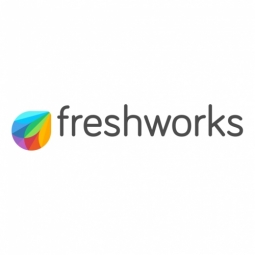C&K Enhances Business Processes and IT Alignment with Freshservice
- Cybersecurity & Privacy - Identity & Authentication Management
- Platform as a Service (PaaS) - Application Development Platforms
- Education
- Telecommunications
- Inventory Management
- Time Sensitive Networking
- System Integration
The Creche and Kindergarten Association Limited (C&K), a leading non-profit organization in Australia, faced significant challenges in managing its IT service management (ITSM) tool. With over 350 centres across Queensland, C&K was struggling to scale its processes, systems, and IT infrastructure to meet the demands of its expanding operations. The existing ticketing system was inadequate, leading to misrouted tickets, miscommunication, and a lack of visibility. The system's inability to categorize and route tickets to the right team resulted in confusion and inefficiency. Additionally, the workload was unmanageable, leading to employee burnout. The approval process was cumbersome, involving 10-12 pages of handwritten paperwork and uploading this information onto an external government portal. The lack of a priority matrix and SLA management led to ticket resolution times ranging from 2 days to 2 weeks, causing chaos and frustration.
The Creche and Kindergarten Association Limited (C&K) is one of the largest nonprofit organizations in Australia that offers high-quality early childhood education and childcare. With over 350 centres across Queensland, C&K has a vision to provide best-in-class education for children at an affordable expense. The organization's purpose is to guide children's learning journeys and maximize their life outcomes. Recently, C&K won a government contract to add nearly 150 centres across Queensland, which led to the need to scale its processes, systems, and IT infrastructure rapidly.
C&K decided to implement Freshservice, a cloud-based ITSM tool, to streamline its IT processes and transform its IT service delivery. The new system centralized information, streamlined workflows, and made escalations easier. It provided multi-channel support, enabling employees to raise tickets via email, service portal, live chat, or phone calls. Agents could respond and resolve tickets on a single platform, eliminating the need to switch between different windows and applications. The system also allowed for automatic assignment and escalation of tickets to the right groups, prioritization of tickets based on urgency, mapping of relationships to dependencies, and scheduling of recurring tasks as tickets. To further enhance operational efficiency, standardized priorities were set to quickly resolve major incidents based on their impact and urgency. The request fulfillment process was automated, reducing errors and agent workload. The new system also provided a user-friendly portal for users to easily raise and receive requests.
Related Case Studies.











